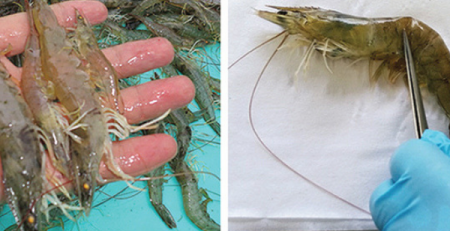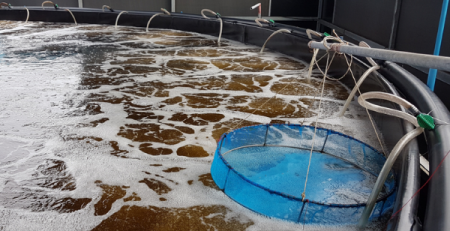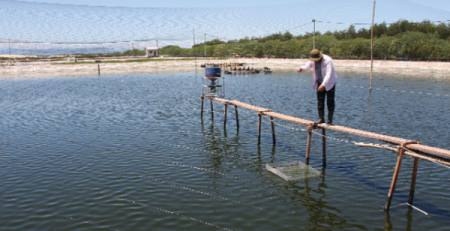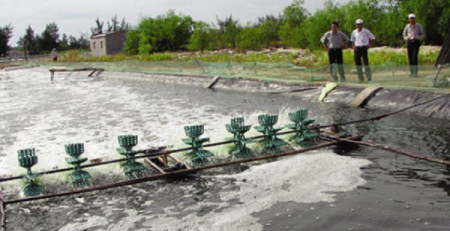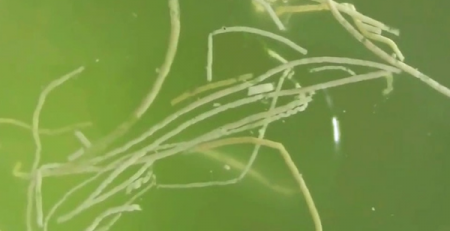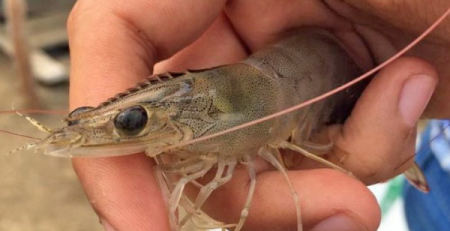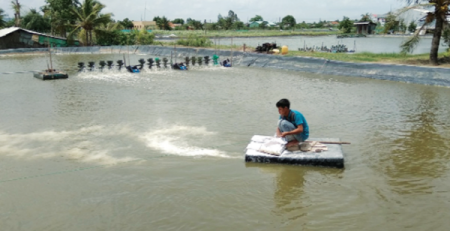Optimal shrimp additives
Nội dung bài viết
The shrimp farming industry is booming and their diets become more complex. Therefore, a deeper understanding of the use of additives is required to achieve optimal nutritional efficiency.

Using additives in shrimp farming helps to add value
Antibiotics are a hot topic in the current shrimp farming industry. The challenge is to maintain growth performance on shrimp while reducing antibiotic use. This problem can be solved with phytomolecules, organic acids and prebiotics as an antibiotic alternative. The clever combination of all the above additives in the food will simultaneously promote the positive effects of each type of additive and add the combined effect. But, in order to achieve optimal nutritional efficiency, it is necessary to apply a method suitable for the specific characteristics of each type.
Challenging disease
Over the past 10 years, the global growth rate of the global shrimp industry has reached nearly 10%. In 2017, total shrimp production reached 6 million tons and used 8.5 million tons of feed. The increase in shrimp production due to natural exploitation has been badly maintained since 2003. Today, the quality of feed has been improved, which has helped to increase shrimp production, along with many new technologies, helping farmers increase stocking density.
Disease is the biggest challenge of the shrimp industry today. In 2017, the disease caused losses of about USD 2 billion. Common epidemics include hepatopancreatic necrosis of EMS / AHPND, white fecal syndrome (WFS), white spot syndrome (WSS), coincident spore syndrome (EHP) and continuous death syndrome ( RMS). Dense stocking density, poor water quality and malnutrition are the best prerequisites for these diseases; Since then, making shrimps more susceptible to pathogens, easy to get sick and reduce development performance.
Solution from feed additives
The 3 main product groups used as additives in shrimp farming include phytomolecules, organic acids and prebiotics.
Phytomolecules
In aquaculture, phytomolecules – also known as the main plant molecules are active substances carvacrol and cinnamaldehyde compounds exist in a long time. Both of these substances weaken the bacteria and prevent them from growing by interfering with processes in the bacterial cells. For example, these two substances break down bacterial enzyme exchanges and prevent the proliferation of bacteria. The degree of inhibitory effect depends on several doses of phytomolecules; To get an easy-to-use liquid feed additive, phytomolecules are stabilized with an emulsifier. The active ingredient of carvacrol and cinnamaldehyde compound are useful tools to improve the digestion and intestinal health of animals effectively.
Organic acid
Many studies of organic acids such as citric, propionic and fomic acid have shown that organic acids positively affect animal growth, immunity and resistance to many Vibrio bacteria.
Prebiotics
Prebiotics are used quite commonly in aquaculture. A source of prebiotics is the yeast cells. Cell walls of bread yeast (Saccharomyces cerevisiae) contain betag lucans and mannan-oligosacchires. One of the positive effects of prebiotics in the intestinal system is pathogen agglutination. Harmful bacteria such as Vibrio spp are bound in complexes and gradually eliminated. Another positive effect is promoting the intestinal flora. Only certain bacteria can use mannan-oligosacchirides as an energy source, for example lactobacilli and bifidobacteria. These beneficial bacteria help shrimp absorb and use nutrients; they also produce metabolites such as organic acids that inhibit pathogen growth.
Rational use
The most important thing is to know how to use feed additives to prevent them from being damaged or lost. Feed companies need to know that phytomolecules do not have thermal stability. Heat treatment makes phytomolecules reduce effectiveness, even making this additive counterproductive. To avoid negative effects, nutritionists recommend phytomolecules to be applied to the feed with a drum drum or vacuum aspirator after pressing. The mixture is homogeneous with the oil kept in a rotating movement in the coating tank to create uniform distribution of additives throughout the coating process. The type and quality of the oil is consistent with the available local supply and the fat absorption capacity of the food. The cell walls are fungi, on the contrary, relatively stable and can be added to the feed ingredients of the basic diet in the mixer.
Tests showed that feed additives remained inside or on feed due to the fat surface and hydrophobic properties of the emulsion; It means that the product will be more stable when put into the water environment.
Phytomolecules as well as prebiotics are effective tools in aquaculture. The combination of these two additives increases the benefits thanks to the combined effect. For maximum effectiveness, additives need to be added to food according to their own characteristics.
> Phytomolecules, organic acids and prebiotics must be mixed uniformly with a binder such as molasses, gelatin or oil and distributed into prepared shrimp feed. This can be done on plastic tarpaulins, pots or mixers.
According to Vietfish Magazine


